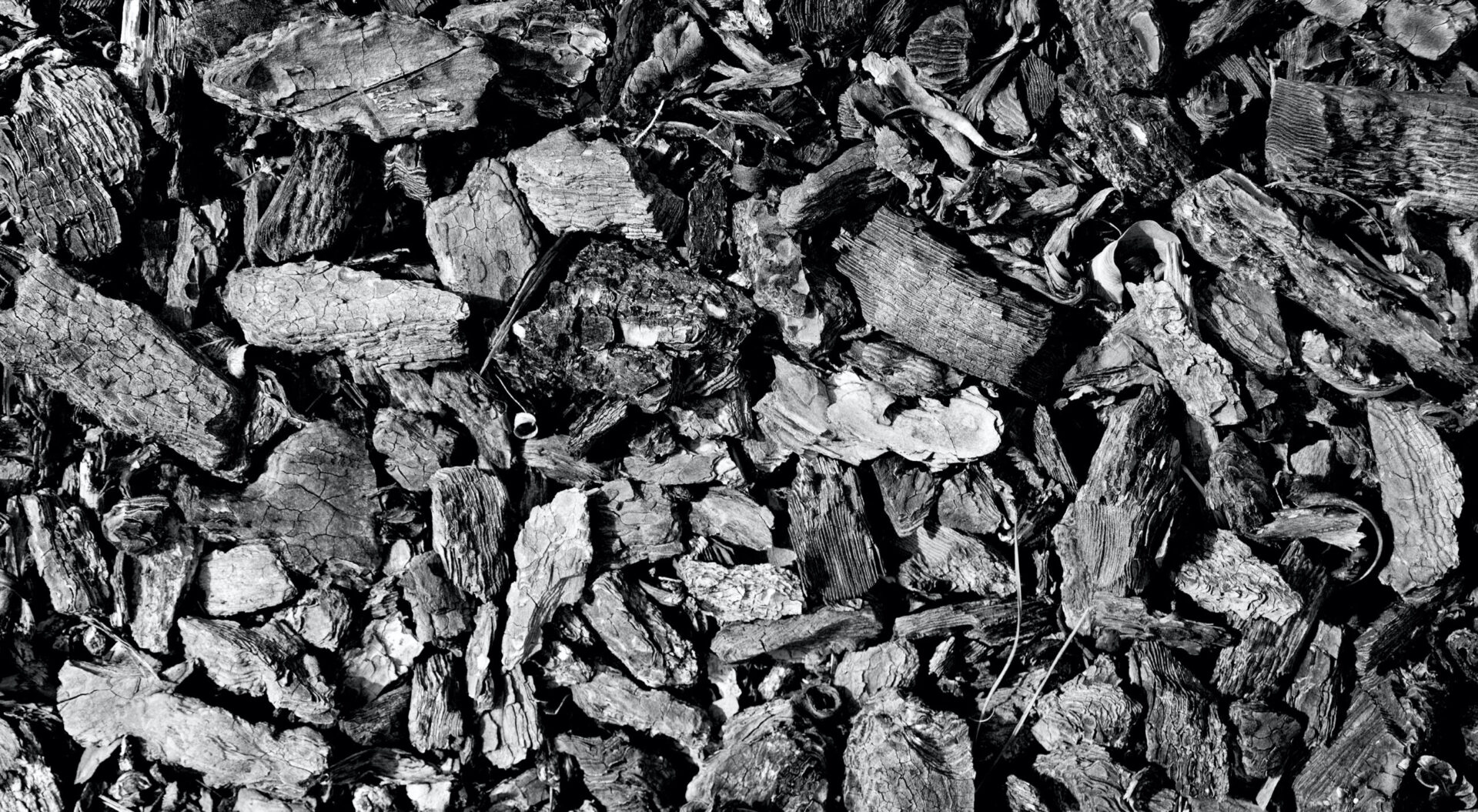
Thermal utilisation of carbon – why not just dispose of it?

Carbon-fibre reinforced plastics (CFRP, colloquially also carbon) bring with them some challenges at the end of their useful life. For most recycling paths, it is essential to separate the fibre from the surrounding plastic matrix. For example, according to the German Landfill Ordinance, landfilling the fibres requires such separation and is thus neither an economically nor ecologically advantageous option for recycling. Accordingly, it is important for the recycling of a fibre composite material to carry out the technically and economically complex separation of the individual components both effectively and efficiently [1].
Another option is the thermal utilisation of the composite material. This option does not require the prior separation of the individual components.
So why can’t we just thermally utilise part of the carbon and get energy from it?
In waste incineration plants, the temperatures and residence time during incineration are sufficient to burn the plastic components of the carbon. In contrast, the carbon fibres remain behind. Due to their chemical structure, the isolated fibres are not combustible and cannot be completely decomposed. There is a risk that the plant filters will become clogged and that the plants will become damaged by the electrically conductive fibre fragments. In addition, the fibres are altered in size and shape, which means that measures must be taken to protect health [1]. Plants for the incineration of hazardous waste also lead to comparable results [2].
The behaviour of carbon-fibre reinforced plastics during thermal utilisation depends strongly on the material properties of the carbon fibres used. This is one reason why the construction industry is firmly committed to using only so-called PAN fibres (carbon fibres based on polyacrylonitrile) rather than pitch fibres (pitch-based carbon fibres). This voluntary commitment is at the same time intended to prevent health hazards during the recovery of the materials and their use for recycled raw materials [3].
Consequently, discarded parts made of carbon-fibre reinforced plastics should under no circumstances be disposed of improperly and end up in waste incineration plants. Rather, it is necessary to establish suitable recycling routes. The technologies required for this are technically proven, but must be integrated into a value chain for economic operation [4].
As of 2021-03-03
List of references
[1] Limburg, M., & Quicker, P. (2016). Entsorgung von Carbonfasern. In Thomé-Kozmiensky, K. J., & Beckmann, M. (Ed.), Energie aus Abfall 13, 135-144. URL: http://vivis.de/phocadownload/2016_eaa/2016_EaA_135-144_Quicker.pdf
[2] LAGA. (2019). Abschlussbericht zur Entsorgung faserhaltiger Abfälle. URL: https://www.laga-online.de/documents/bericht-laga-ausschuss-entsorgung-faserhaltige-abfaelle_juli-2019_1574075541.pdf
[3] C³ – Carbon Concrete Composite e. V. Vernetzungsworkshop »Selbstverpflichtung – eine Notwendigkeit mit Nutzen« im Jahr 2019 und die darauf aufbauenden Arbeitstreffen zur »Selbstverpflichtung zur Verhinderung von Gefährdungen durch biobeständige, lungengängige Faserstäube bei der Carbonbetonbauweise« im Jahr 2019 und 2020.
[4] Reckter, B. (2018). Gerettet? Recycling von faserverstärkten Kunststoffen. VDI nachrichten – Das Nachrichtenportal für Ingenieure. URL: https://www.vdi-nachrichten.com/fokus/gerettet-recycling-von-faserverstaerkten-kunststoffen
About the partnership
Be part of the alliance and join us in facing the challenges with regard to the no longer avoidable handling of fiber composites. Let us together lead the region “Elbe Valley Saxony” into an economically resilient future.
